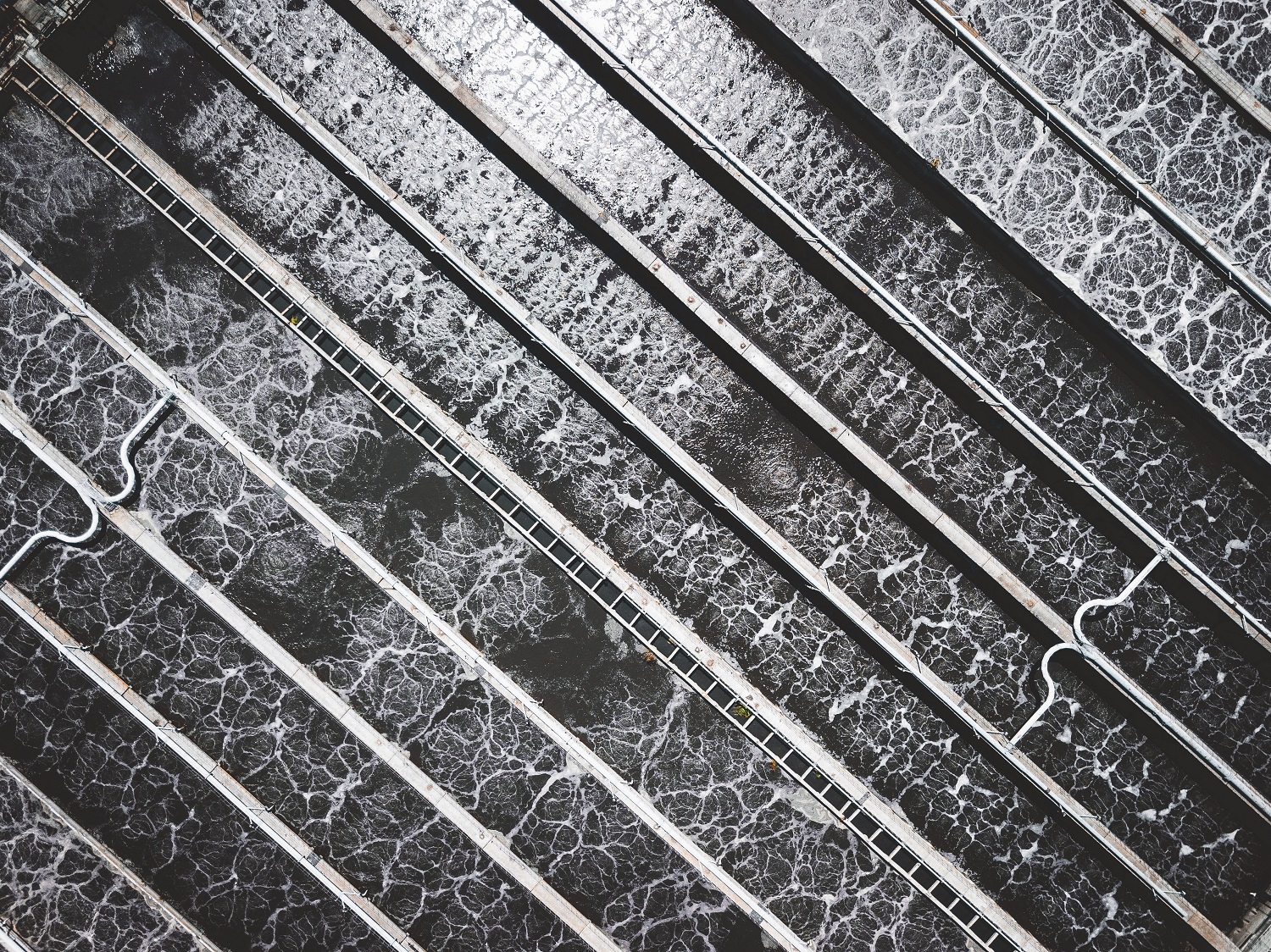Changes to the Federal Water Pollution Control Act of 1972 led to the Clean Water Act we know today. Every few years, new rules or amendments continue to improve water quality across the nation. We’ve seen amendments in 1977 and 1978, 1984 and 1985, 1987, 1990, 1993 and 1994, right up to the Phase II Store Water Rule and Confined Animal Feeding Operation Rule in 1999 and 2002.
If you’re only updating your wastewater treatment plan when amendments are added or altered, you’re doing your plant and residential customers a disservice. You should always be looking at ways to be more efficient and more effective. With some areas experiencing lengthy droughts and increased water usage, we all need to do more to reuse wastewater. That’s just one area to focus your attention on.
Problems Wastewater Treatment Plants Face
The population keeps growing. With those changes, the EPA points out some of the biggest problems wastewater treatments face. All of them need to be addressed. You may not need to take care of them now, but you shouldn’t be caught by surprise if any of these common issues occur. By planning for them in advance, you’re able to arrange the improvements before it’s an emergency.
#1 – Wastewater treatment plants in many corners of the U.S. are aging. If you haven’t updated your equipment, you’re wasting money on repairs and paying more in electricity because the older wastewater equipment uses more energy than newer models.
#2 – Expanding populations may be taxing your system. St. George, Utah, has seen its population expand by close to 6.7 times over the past four decades. The Virgin River watershed is the area’s largest source of water. Officials are looking at building a 140-mile pipeline from Lake Powell to St. George. They’re planning in advance of a crisis. This is what you should be thinking about when you’re looking over your water treatment plan.
#3 – The range of contaminants getting into wastewater has changed over the decades. The increase in population also impacts this. People are building more homes in the country that require septic systems as sewer systems don’t tend to expand past the cities and suburbs. Homes on septic systems have high rates of nitrogen and phosphorus in their septic system’s fluids and solids. Older water treatment plants may not remove as much as a newer system. The elevated levels of nitrogen and phosphorus make their way into waterways where it causes algal blooms to flourish. Prescription medication usage and household cleaners also make their way into the wastewater.
#4 – Farms are on a decline in some areas. In areas where farming is still a major industry, the runoff of fertilizers and manure adds to pollution. That runoff can make its way into streams and rivers without being treated. Communities are working at changing that as the pollution shows up in lakes and other water sources. When those bodies of water are part of a municipal water system, water treatment plants have to make sure the water they treat meets quality standards. That can be harder when they’re dealing with chemical fertilizers and animal manure.
Upgrades That Pay For Themselves
Wastewater treatment plants can power the equipment using nature. Solar and wind power are two ways to power the machinery used in a plant without driving up larger electricity bills. A wastewater treatment plant in Massachusetts added a fixed-array solar system to provide power to some of the town’s water treatment plant. Since that addition, the monthly utility bill has dropped by approximately 50%. The company is able to clean water and keep costs down for the area’s taxpayers. It’s a win-win for both sides.
Newer equipment can be easier to maintain. Today’s screw pumps are designed to lower your operating costs and cut maintenance costs. Grit washers that keep the bearings above the water leave don’t require as much in maintenance costs. This keeps your costs down. Corrosion-resistant stainless steel helps your equipment last longer, which also cuts equipment costs. Are you worried about the expense of constructing a new system? A Raptor Complete Plant is pre-assembled to save time and money when upgrading your equipment.
How often you upgrade your water treatment plan does require a little thought. A system that was built to handle the expanding population may not need upgrades as often as a small-town system that’s older and at max capacity. Lakeside Equipment is happy to discuss your current system and the improvements that are cost-effective and energy-efficient.
Since 1928, Lakeside Equipment has been helping our customers create water treatment systems that are both efficient and cost-effective. Lakeside is committed to planning and installing quality systems that benefit the public and the companies that work hard to keep the water clean. Give us a call to discuss how you can upgrade your system so that the improvements pay for themselves.








